Home>Construction & Tools>Building Materials>What Does Mold Look Like On Stucco
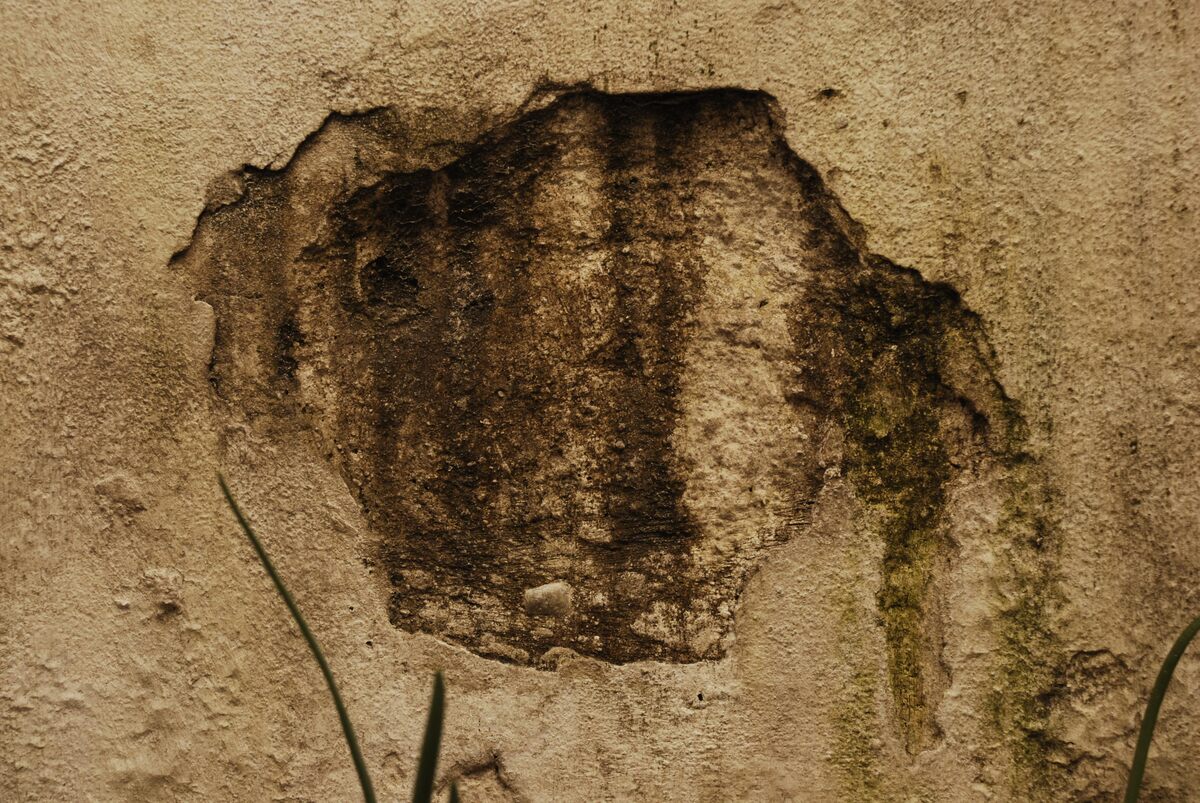

Building Materials
What Does Mold Look Like On Stucco
Published: January 17, 2024
Learn how mold appears on stucco and how to identify it. Discover effective solutions for removing mold from building materials.
(Many of the links in this article redirect to a specific reviewed product. Your purchase of these products through affiliate links helps to generate commission for Storables.com, at no extra cost. Learn more)
Introduction
Stucco is a popular choice for exterior finishes due to its durability, versatility, and timeless aesthetic appeal. However, like any exterior surface, stucco is susceptible to mold growth, which can not only compromise its visual appeal but also pose potential health risks. In this comprehensive guide, we will delve into the nature of stucco, the causes of mold growth on stucco surfaces, and effective measures for identifying, preventing, and removing mold. By gaining a deeper understanding of these aspects, homeowners and building professionals can effectively maintain the integrity and visual allure of stucco exteriors. Let's embark on a journey to explore the nuances of stucco and equip ourselves with the knowledge to combat mold effectively.
Key Takeaways:
- Mold on stucco can be prevented by improving ventilation, maintaining drainage, and regular cleaning to keep the exterior looking great and free from potential health risks.
- Identifying and removing mold from stucco requires careful attention to visual and olfactory cues, as well as thorough cleaning techniques to ensure a mold-free exterior.
Read more: What Does Mold In A Carpet Look Like
Understanding Stucco
Stucco, a time-honored building material, is a versatile and durable exterior finish composed of cement, sand, lime, and water. Its application involves layering the stucco mixture over a sturdy base, such as metal lath or a solid masonry surface, to create a robust and visually appealing exterior. This application process, when executed with precision, results in a seamless finish that can withstand the elements and provide long-lasting protection for the underlying structure.
Stucco offers a myriad of benefits, including its fire resistance, ability to regulate temperature and humidity, and exceptional soundproofing properties. Its versatility allows for various textures and finishes, ranging from smooth and sleek to textured and rustic, catering to diverse architectural styles and design preferences.
One of the key attributes of stucco is its low maintenance requirement, making it an attractive choice for homeowners and builders. However, despite its resilience, stucco is not impervious to environmental factors that can lead to mold growth. Understanding the composition and characteristics of stucco is crucial in effectively addressing and preventing mold issues, ensuring the longevity and aesthetic appeal of the exterior surfaces.
What Causes Mold on Stucco
Mold growth on stucco surfaces is often attributed to environmental conditions and maintenance oversights. Stucco, being a porous material, can absorb moisture from the surrounding environment, creating an ideal breeding ground for mold and mildew. Several factors contribute to the development of mold on stucco:
- Moisture Accumulation: Prolonged exposure to moisture, whether from rain, humidity, or inadequate drainage, can result in moisture accumulation within the stucco, providing the necessary conditions for mold growth.
- Inadequate Ventilation: Poor ventilation in areas adjacent to stucco walls can impede the evaporation of moisture, exacerbating the likelihood of mold formation.
- Shaded Areas: Stucco surfaces that are consistently shaded by trees, structures, or landscaping are more prone to retaining moisture, fostering an environment conducive to mold and mildew.
- Organic Debris: Accumulation of organic debris such as leaves, dirt, or vegetation against stucco surfaces can trap moisture and create a breeding ground for mold spores.
- Improper Maintenance: Neglecting routine inspections and maintenance, including addressing cracks, gaps, or damaged sealants, can compromise the stucco’s ability to repel moisture, leading to mold issues.
Understanding these underlying causes of mold growth on stucco is pivotal in implementing proactive measures to mitigate the risk of infestation. By addressing these factors, homeowners and building professionals can effectively safeguard the integrity and aesthetics of stucco exteriors.
Identifying Mold on Stucco
Recognizing the presence of mold on stucco surfaces is essential for timely intervention and remediation. Mold can manifest in various forms and colors, presenting distinct visual cues that aid in its identification:
- Discoloration: Mold growth on stucco often appears as irregular patches of discoloration, ranging from green and black to brown or even red hues. These patches may initially resemble dirt or grime but persist despite cleaning efforts.
- Fuzzy or Powdery Texture: Upon closer inspection, mold on stucco may exhibit a fuzzy or powdery texture, indicating the presence of mold spores and hyphae.
- Musty Odor: A musty or earthy odor emanating from stucco surfaces can be indicative of hidden mold growth beneath the outer layer, warranting further investigation.
- Expansion and Irregular Patterns: Mold colonies on stucco may expand over time, creating irregular patterns and spreading across the surface, signaling active mold proliferation.
It is important to note that mold growth on stucco can sometimes be mistaken for efflorescence, a crystalline deposit that emerges as a result of water-soluble salts leaching from the stucco. Distinguishing between mold and efflorescence is crucial, as the remediation approaches differ significantly.
Regular inspections of stucco exteriors, especially following periods of heavy rainfall or high humidity, can aid in the early detection of mold growth. Prompt action upon identifying mold can prevent its escalation and mitigate potential structural and health-related concerns associated with prolonged mold exposure.
By familiarizing themselves with the visual and olfactory indicators of mold on stucco, homeowners and property managers can proactively address mold infestations and preserve the integrity of their stucco exteriors.
Mold on stucco can appear as black, green, or brown patches. It may also have a fuzzy or slimy texture. Regularly inspect and clean your stucco to prevent mold growth.
Preventing Mold on Stucco
Proactive measures to prevent mold growth on stucco surfaces are instrumental in preserving the structural integrity and visual allure of exterior facades. Implementing a comprehensive approach to mold prevention involves addressing environmental factors and adopting routine maintenance practices:
- Effective Drainage: Ensuring proper drainage around the foundation and adjacent landscaping helps prevent water accumulation, minimizing moisture exposure to stucco surfaces.
- Ventilation Optimization: Adequate ventilation in attics, crawl spaces, and wall cavities facilitates moisture evaporation, reducing the likelihood of mold proliferation on stucco walls.
- Landscaping Considerations: Pruning trees and shrubs to allow sunlight to reach stucco surfaces and minimize shading can deter mold growth by promoting faster drying.
- Regular Cleaning: Periodic cleaning of stucco exteriors, including the removal of organic debris and dirt, prevents the buildup of substances that can trap moisture and foster mold development.
- Sealant Maintenance: Monitoring and maintaining the integrity of sealants, caulking, and stucco joints helps fortify the stucco’s resistance to moisture infiltration, reducing the risk of mold formation.
- Professional Inspections: Engaging qualified professionals for regular inspections of stucco surfaces enables the early detection of vulnerabilities and potential mold-prone areas, allowing for timely remediation.
Furthermore, incorporating mold-resistant additives into stucco mixtures during construction or renovation projects can enhance the stucco’s ability to repel mold and mildew, contributing to long-term mold prevention.
By integrating these preventative strategies into maintenance routines and construction practices, property owners and building professionals can fortify stucco exteriors against mold infestations, ensuring the longevity and aesthetic appeal of these architectural elements.
Read more: What Does Mold Look Like On Ceiling
Removing Mold from Stucco
When mold infiltrates stucco surfaces, prompt and thorough remediation is crucial to prevent its proliferation and mitigate potential health risks. The following steps outline an effective approach to removing mold from stucco:
- Assessment: Conduct a comprehensive assessment to determine the extent of mold infestation and identify any underlying moisture sources that may fuel its recurrence.
- Personal Protective Equipment: Prior to commencing remediation, equip yourself with personal protective equipment, including gloves, goggles, and a respirator, to safeguard against mold spores and mycotoxins.
- Mold Removal: Begin by gently brushing the mold-infested stucco surface with a soft-bristled brush to dislodge surface mold. Avoid aggressive scrubbing, as it can damage the stucco finish.
- Cleaning Solution: Prepare a cleaning solution comprising water and mild detergent or a specialized mold cleaner. Apply the solution to the affected areas and scrub gently to remove embedded mold spores and stains.
- Rinsing: Thoroughly rinse the stucco surface with clean water using a hose or pressure washer, ensuring complete removal of the cleaning solution and residual mold particles.
- Drying: Allow the stucco to dry completely, leveraging natural airflow and sunlight to expedite the drying process and prevent residual moisture accumulation.
- Preventative Measures: Address any underlying moisture issues, such as leaks or inadequate drainage, to prevent future mold growth. Consider applying a mold-resistant sealant or coating to the stucco surface to fortify its defenses against mold.
- Professional Assistance: In cases of extensive mold infestation or pervasive moisture-related issues, engaging professional mold remediation services is advisable to ensure thorough and safe mold removal.
It is imperative to approach mold remediation on stucco surfaces with care and attention to detail, prioritizing the complete eradication of mold while minimizing potential damage to the stucco finish. Additionally, maintaining a vigilant stance toward moisture management and stucco maintenance is essential in preventing future mold recurrence.
By adhering to these remediation guidelines and integrating preventative measures, property owners and maintenance professionals can effectively combat mold infestations on stucco surfaces, preserving the structural integrity and aesthetic appeal of their exteriors.
Conclusion
Understanding the nuances of stucco and the factors contributing to mold growth on its surfaces is paramount in preserving the integrity and visual appeal of exterior facades. Stucco, renowned for its durability and timeless charm, requires proactive maintenance and vigilant oversight to mitigate the risk of mold infestation.
By recognizing the environmental conditions conducive to mold growth, homeowners and building professionals can implement targeted preventative measures, such as optimizing ventilation, improving drainage, and adhering to routine maintenance practices. These efforts not only fortify stucco against mold but also contribute to its long-term resilience and aesthetic longevity.
When faced with mold on stucco, swift and meticulous remediation is essential to prevent its escalation and mitigate potential health hazards. Employing thorough cleaning techniques, addressing underlying moisture sources, and considering mold-resistant treatments can effectively eradicate mold and bolster stucco’s defenses against future infestations.
Ultimately, the harmonious coexistence of stucco and its surroundings relies on proactive care, astute maintenance, and a keen understanding of the environmental dynamics influencing mold proliferation. By embracing these principles, property owners and construction professionals can uphold the allure and structural soundness of stucco exteriors, ensuring their enduring beauty for generations to come.
Armed with this comprehensive guide, individuals are empowered to navigate the complexities of stucco maintenance and mold management, fostering environments where stucco flourishes unencumbered by mold’s encroachment.
Frequently Asked Questions about What Does Mold Look Like On Stucco
Was this page helpful?
At Storables.com, we guarantee accurate and reliable information. Our content, validated by Expert Board Contributors, is crafted following stringent Editorial Policies. We're committed to providing you with well-researched, expert-backed insights for all your informational needs.
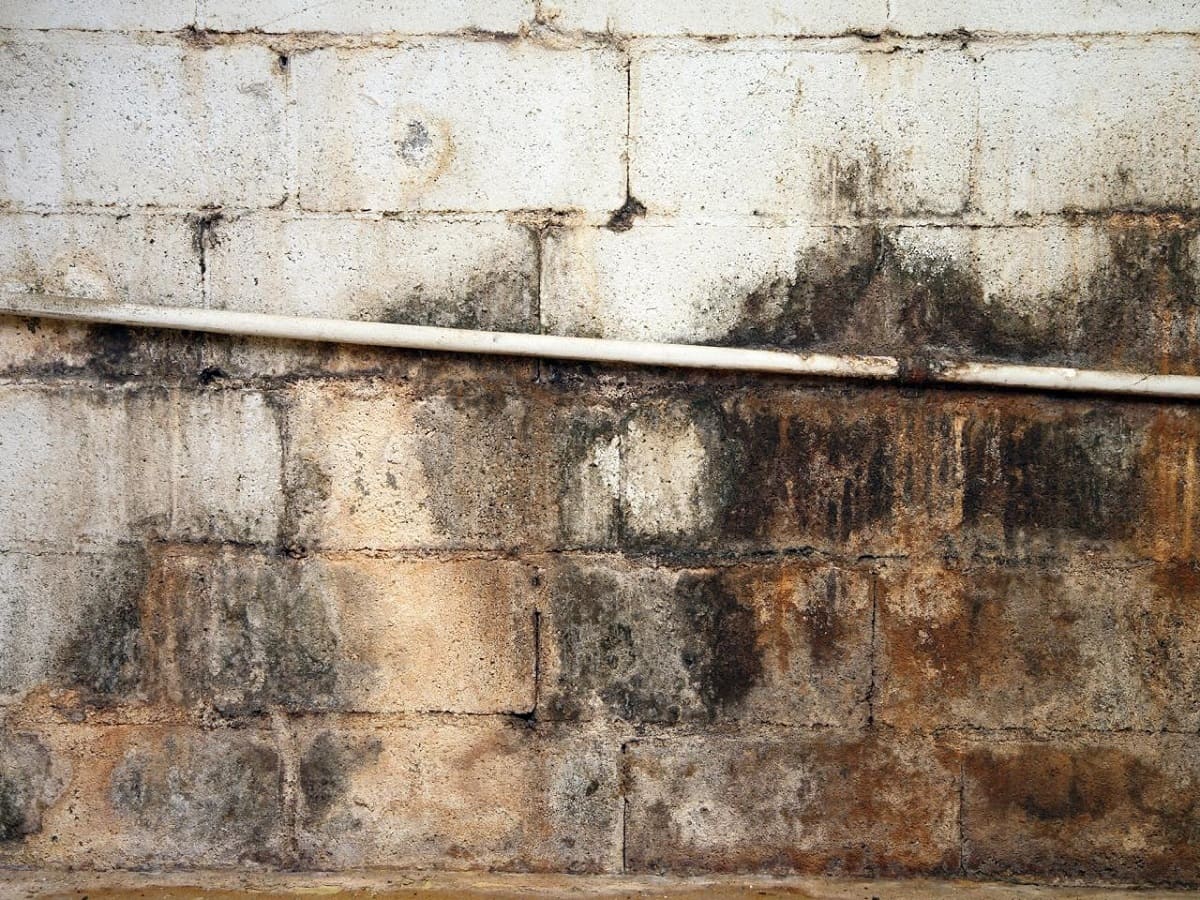
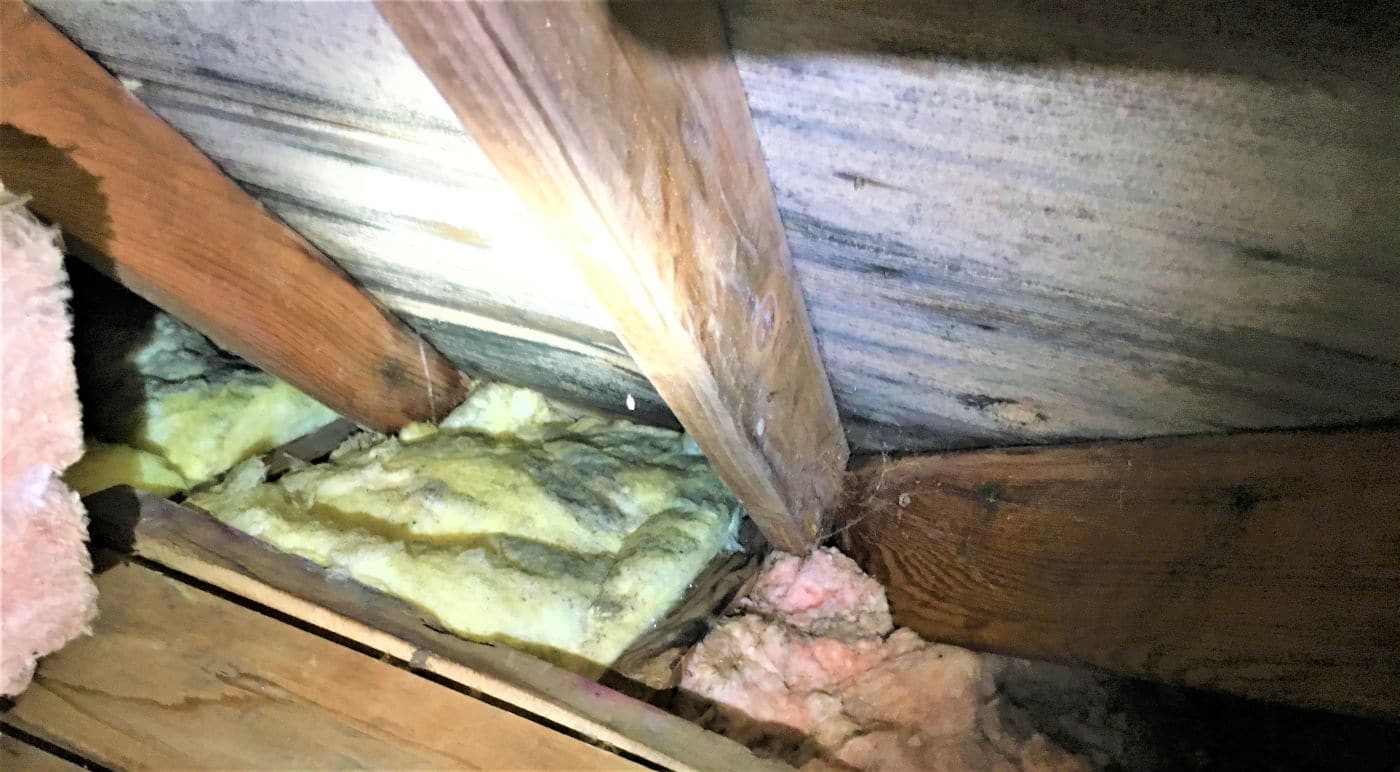
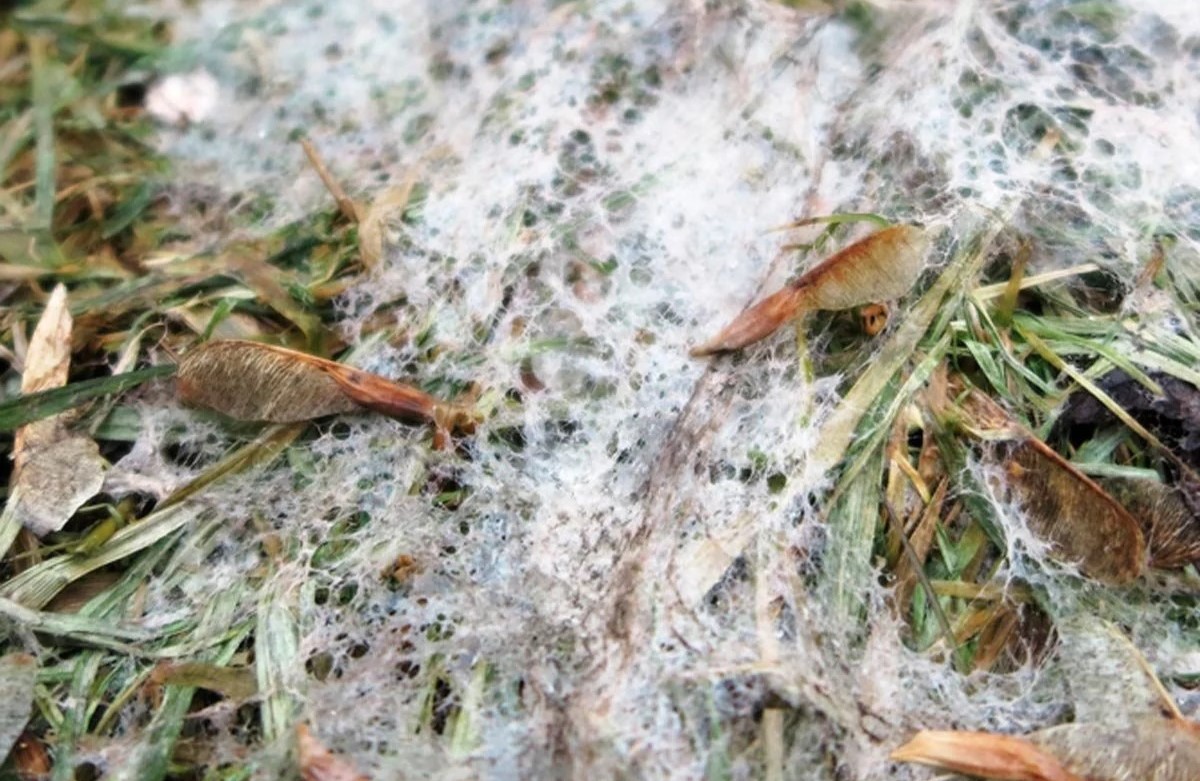

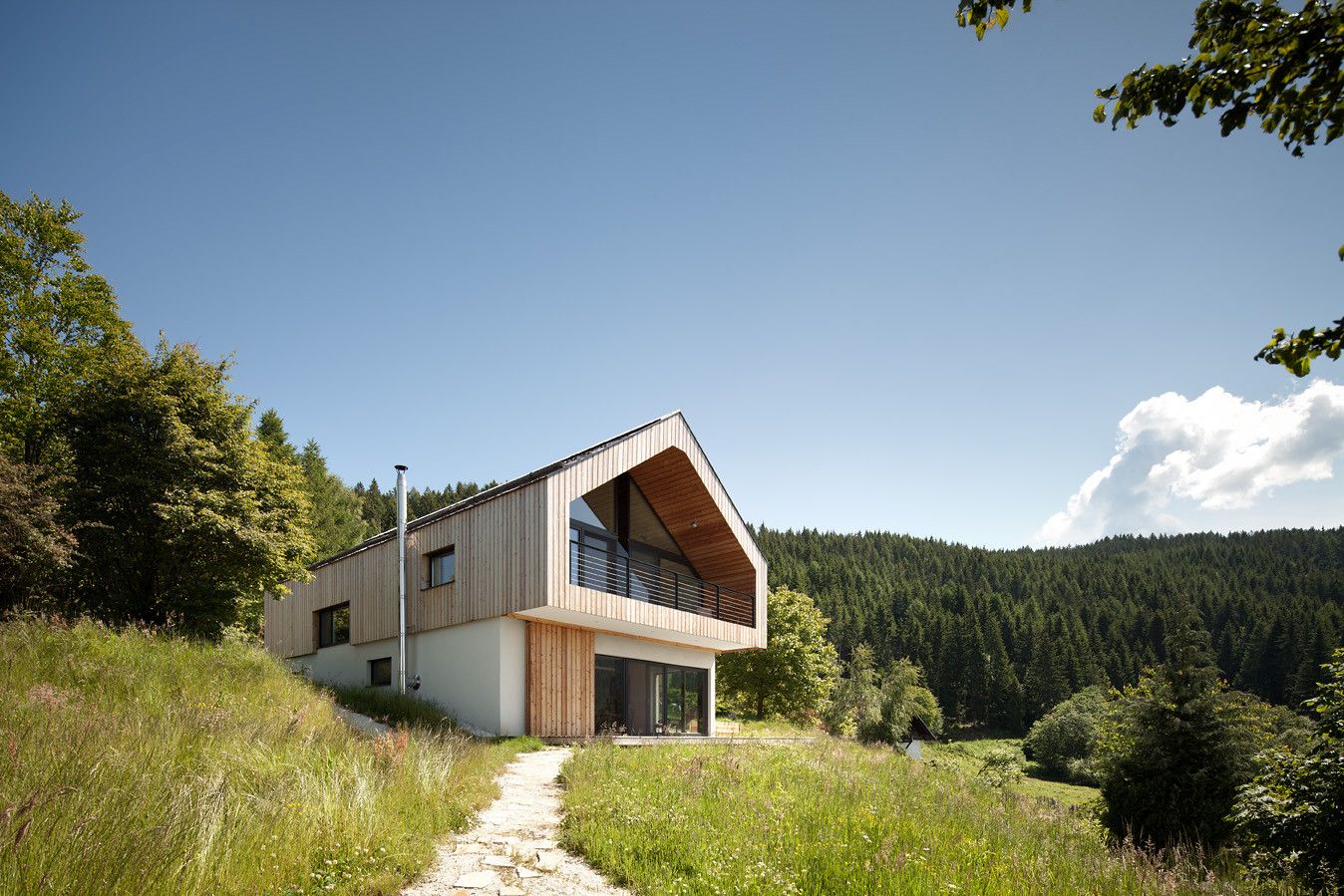
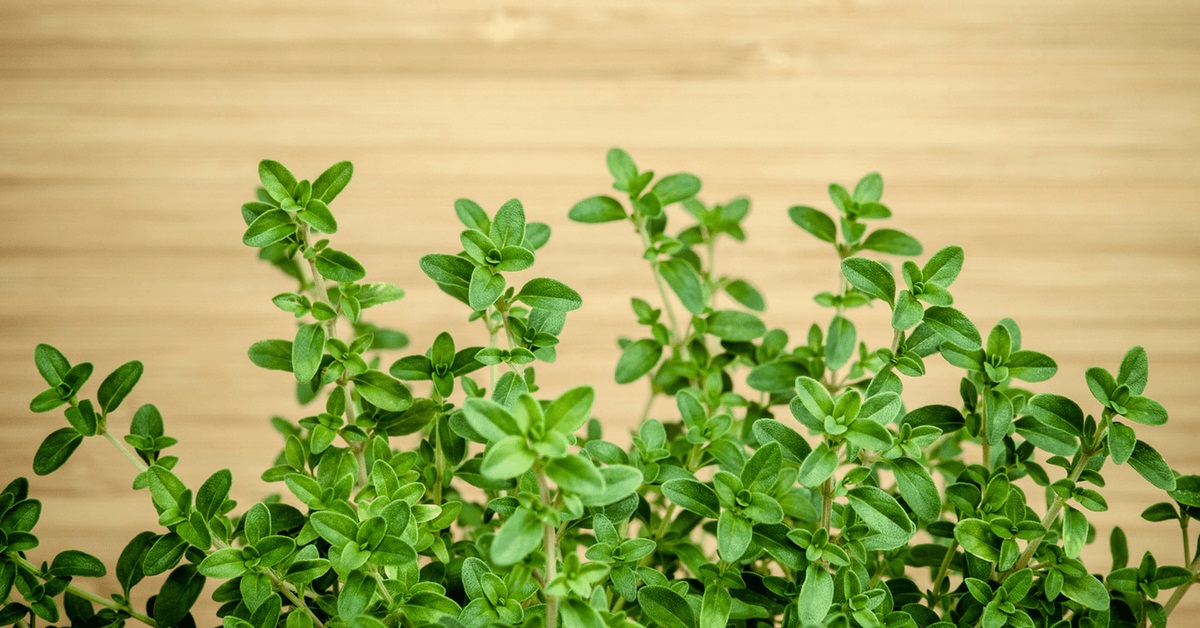
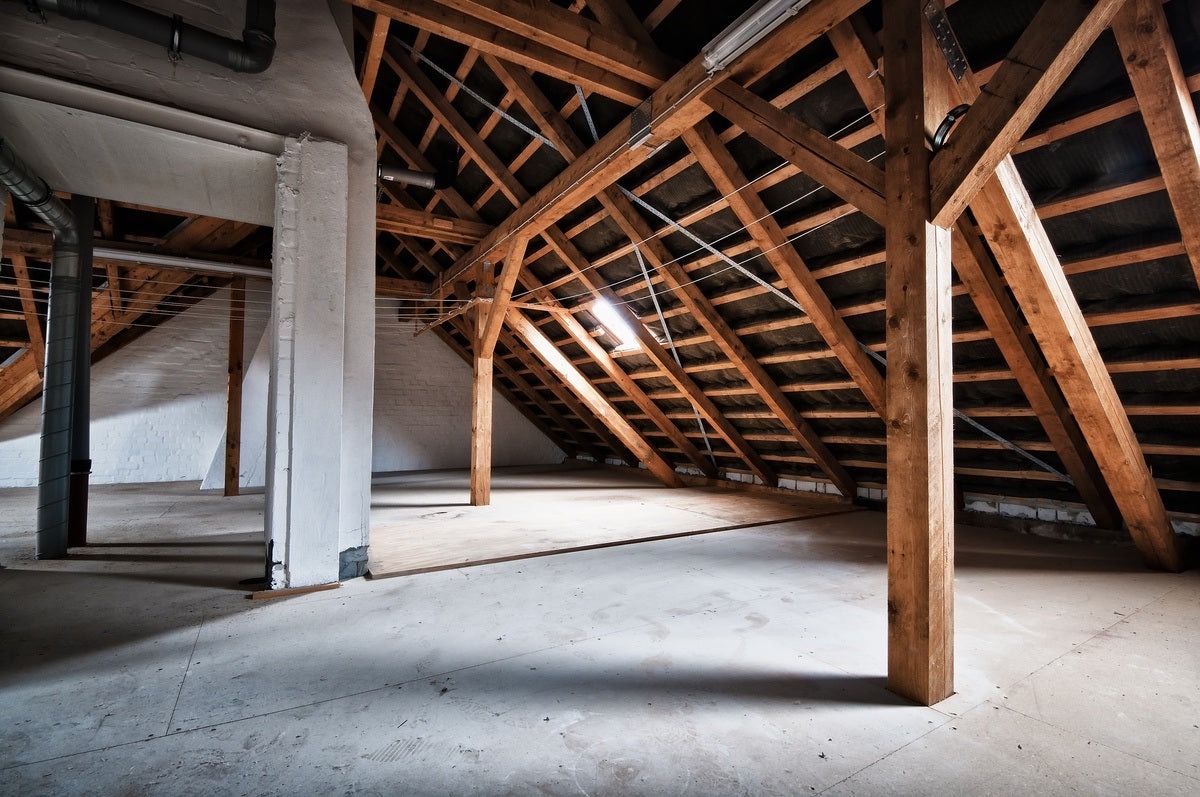

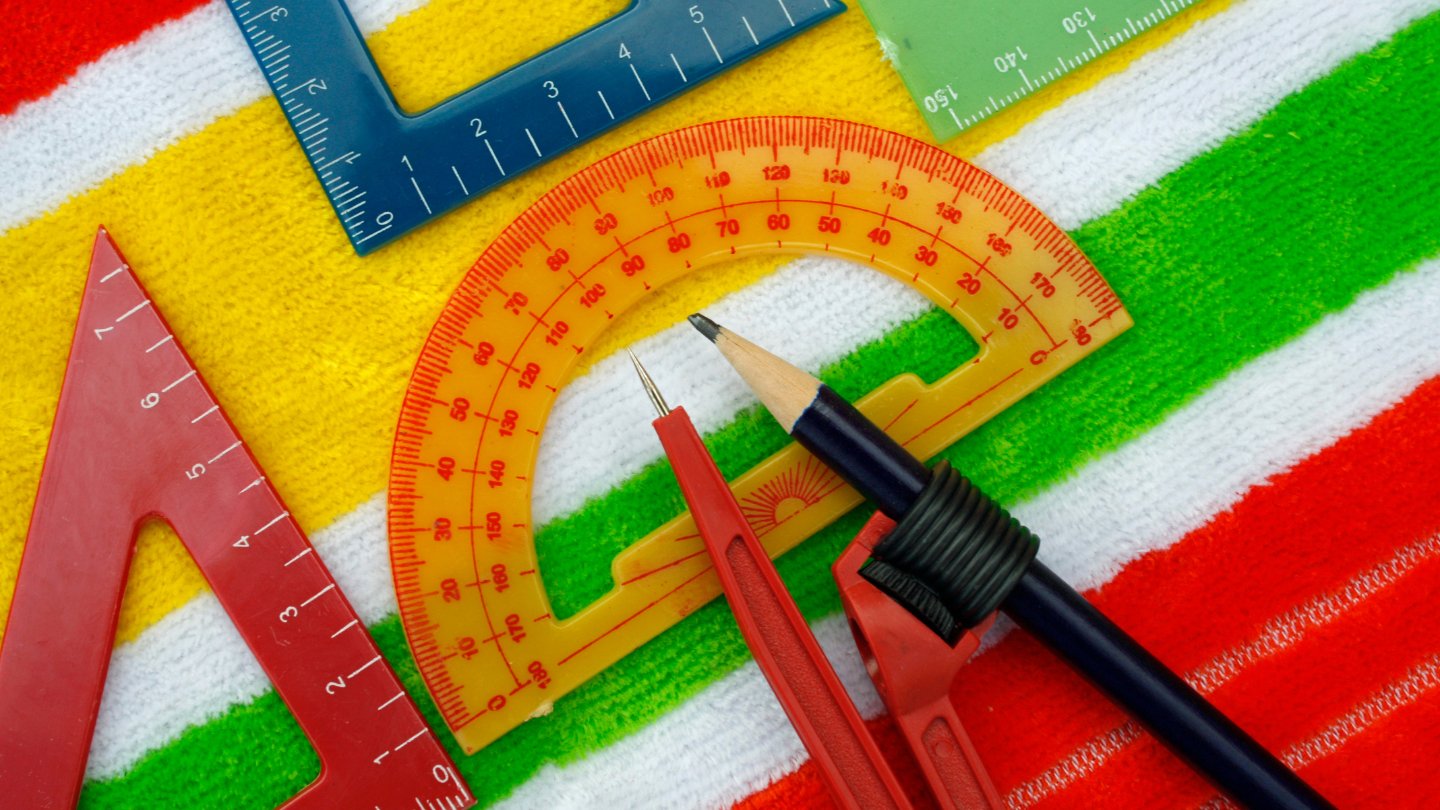
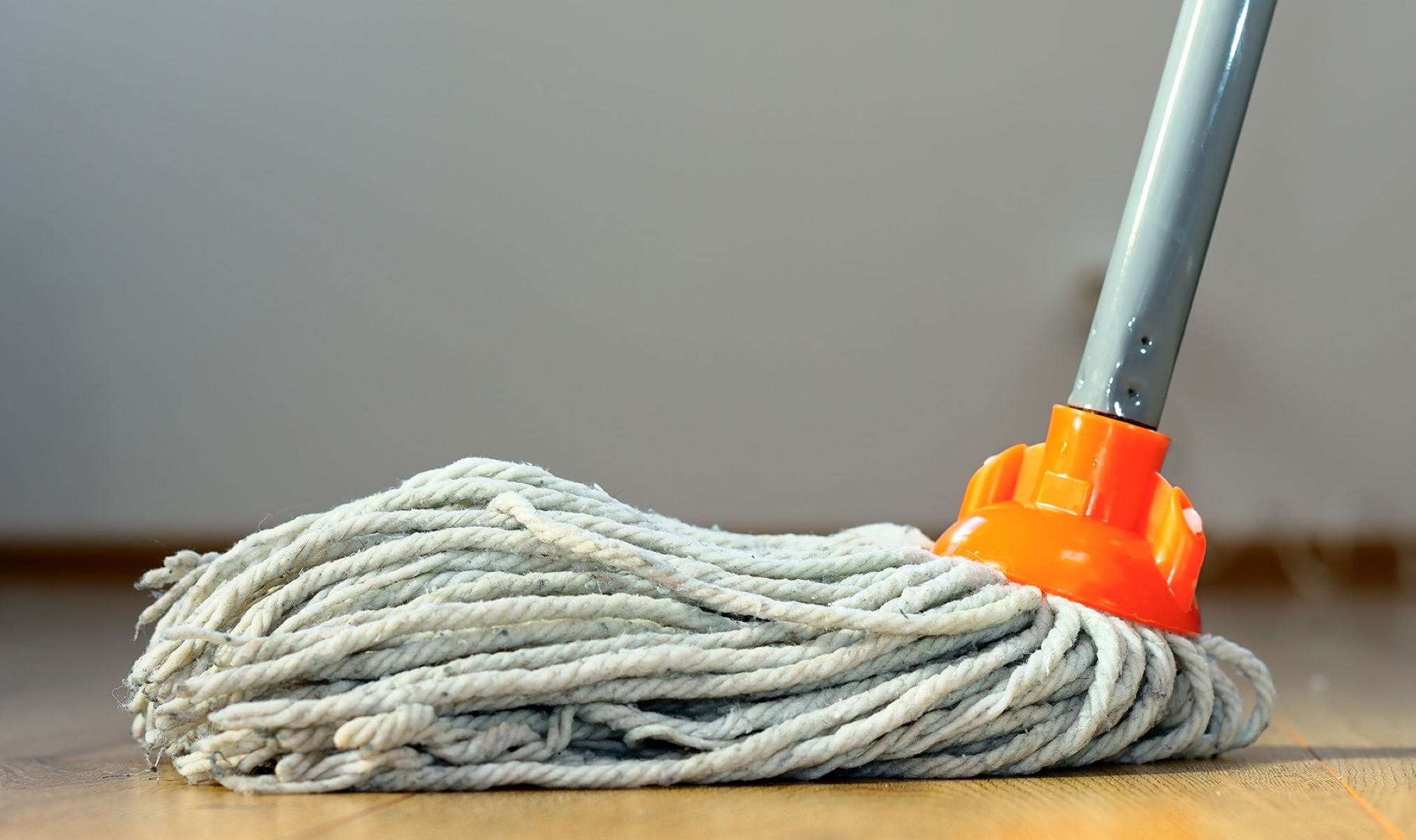
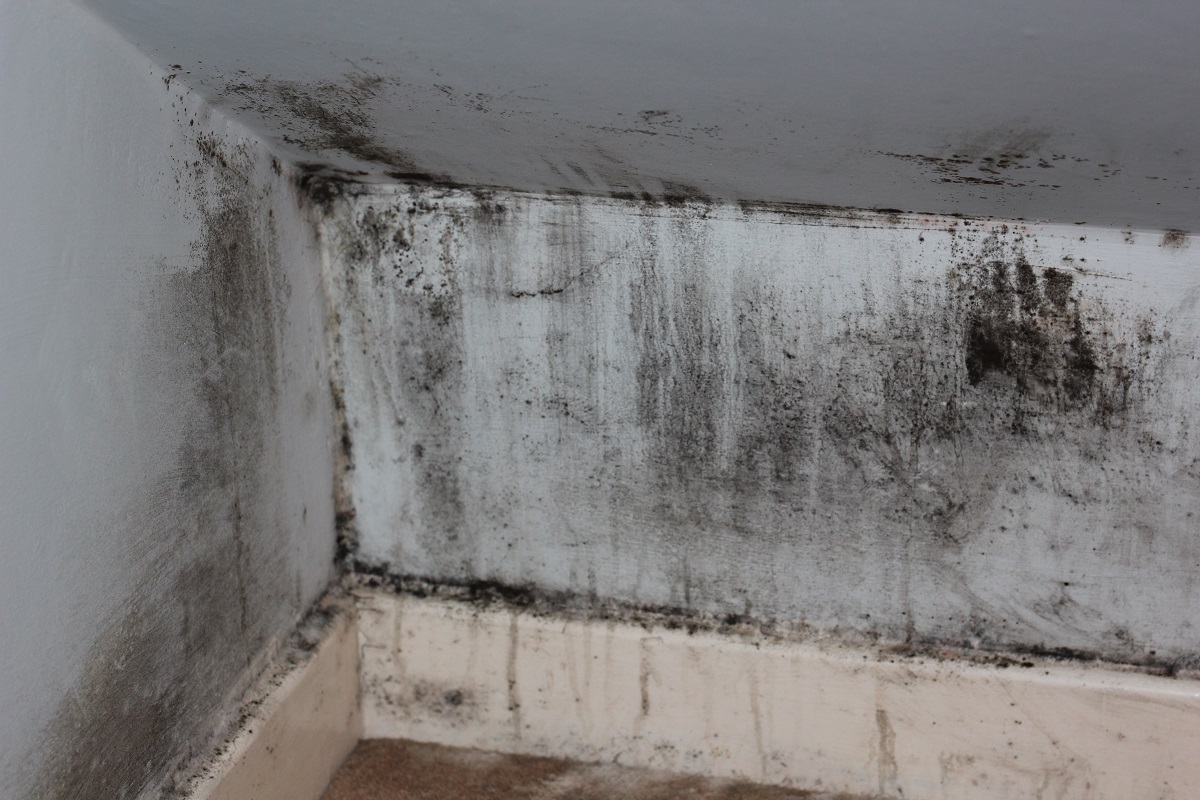

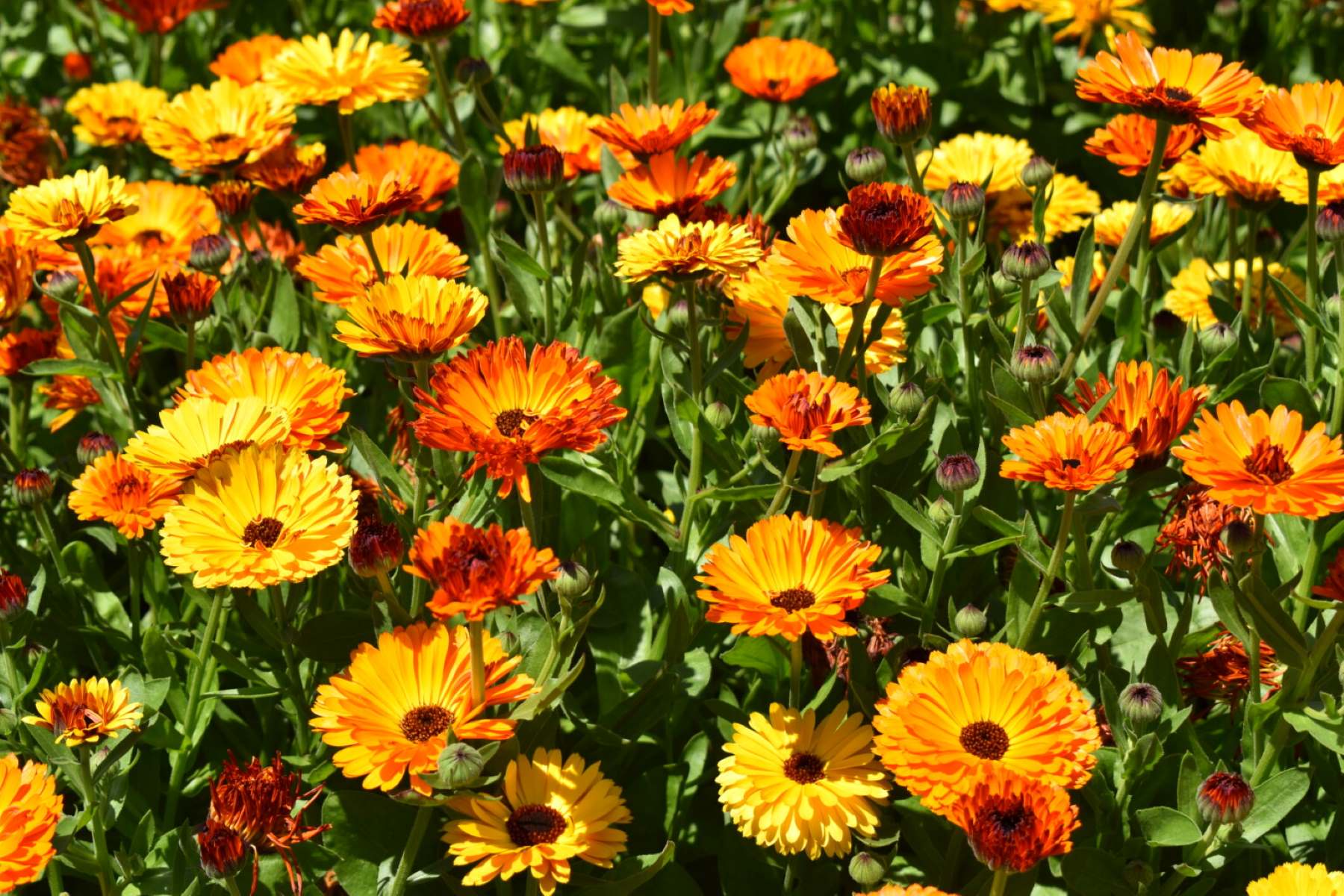
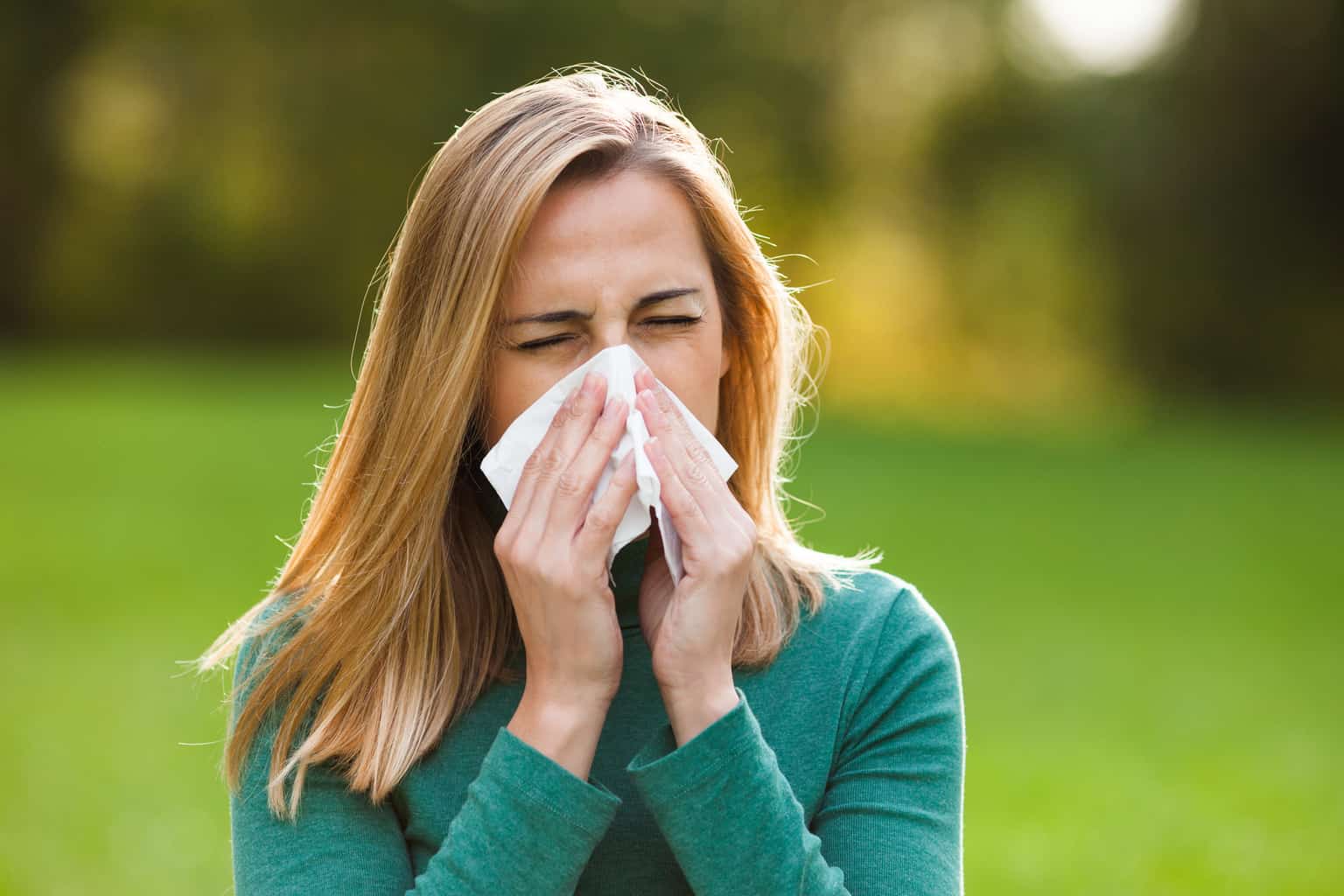

0 thoughts on “What Does Mold Look Like On Stucco”